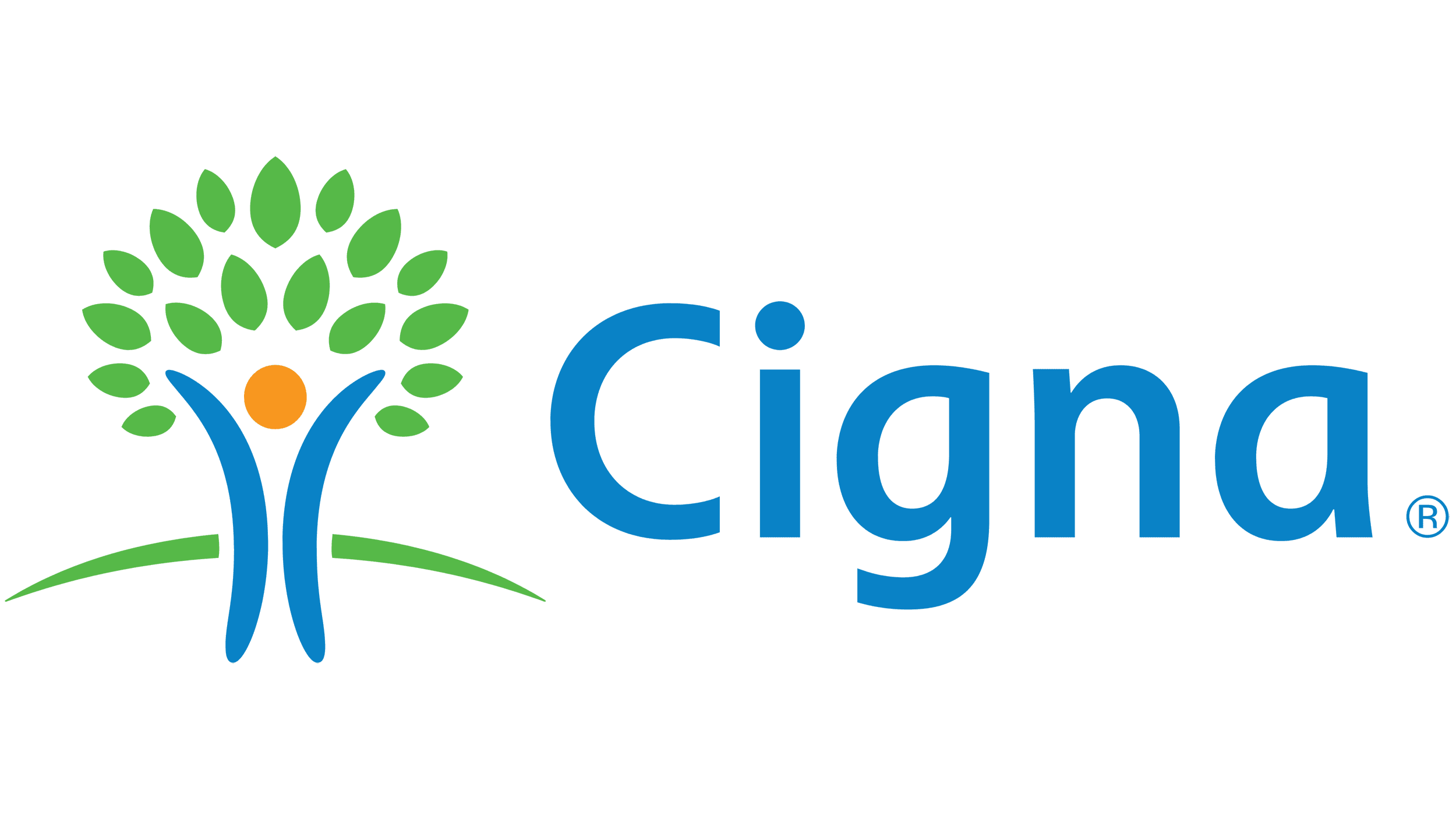Inhalant use disorder is a serious and often overlooked addiction affecting both teens and adults. Many people misuse everyday household products to get high. This type of substance abuse can lead to serious health problems, addiction, and even death. Understanding the signs, risks, and treatment options is essential for early intervention and recovery.
What Are Inhalants?
Inhalants are chemicals people breathe in to experience a psychoactive effect. These substances can be found in everyday household items. When inhaled, they produce a quick, mind-altering effect that typically lasts only a few minutes. However, their short-term high can lead to long-term consequences.
People who use inhalants often seek a fast and intense sense of euphoria. Sadly, this temporary pleasure can quickly turn into a dangerous habit. Inhalant abuse is more common among adolescents due to easy access and low cost.
Types of Inhalants
There are four main types of inhalants, each with different effects on the body and brain. The first category includes volatile solvents, such as paint thinner, glue, and nail polish remover. These are liquid substances that easily evaporate at room temperature.
The second type includes aerosols, such as spray paint, hair sprays, and deodorants. Gases are the third category, including butane lighters, propane tanks, and whipped cream dispensers. Finally, nitrites, often called “poppers,” are used to enhance sexual experiences rather than for a euphoric high.
What Is Huffing?
You may wonder, what is huffing, and how does it relate to inhalant use? Huffing is breathing in chemical vapors through the mouth or nose. Users often soak a rag in a chemical and place it over their face or inhale directly from a container. Huffing creates an immediate high by slowing brain activity and depressing the central nervous system.
What Is Inhalant Use Disorder?
Inhalant abuse is referred to as inhalant use disorder when it becomes a repeated, compulsive behavior that interferes with daily life. Individuals with this condition feel a strong urge to use inhalants, even when they understand the risks. They may isolate themselves, hide their use, or lie to loved ones.
Inhalant abuse can affect anyone, but it is more prevalent among young people and those with limited access to other substances. Over time, repeated exposure to inhalants changes brain chemistry, leading to dependency and addiction.
What Do Inhalants Do in the Brain?
Inhalant use disorder affects the brain by releasing a flood of dopamine and other feel-good chemicals called endorphins. These neurotransmitters reinforce the pleasurable sensations associated with the use of inhalants. With continued use, the brain craves this reward, making it harder to stop. The brain’s reward system becomes hijacked by inhalant use, leading to compulsive behavior.
Inhalant Use Disorder Signs and Symptoms
Recognizing the signs of inhalant use disorder can help catch addiction early. Physical signs may include slurred speech, dizziness, or red eyes. Users might also have chemical odors on their clothes or breath.
Emotional and behavioral symptoms include mood swings, irritability, and secrecy. People may withdraw from friends or neglect responsibilities. Inhalant users often act disoriented and may experience frequent nosebleeds or headaches.
Causes for Inhalant Use Disorder
There are many reasons why inhalant use disorder may develop. Peer pressure is a significant factor, especially among teenagers. Easy access to household products also increases the likelihood of experimentation.
Mental health issues like depression, anxiety, or trauma can play a role. Some people use inhalants to escape emotional pain or stress. Genetics and environmental factors can also contribute to addiction risk.
Risks of Continued Inhalant Use
Inhalants may seem harmless at first, but they pose serious health dangers. Repeated exposure can damage the brain, liver, kidneys, and heart. Users may also experience hearing loss and bone marrow damage.
The most significant long-term effect of heavy usage of inhalants is permanent brain damage. Long-term use can cause brain tissue shrinkage, leading to reduced cognitive abilities that affect memory, movement, and decision-making. This damage often becomes permanent with prolonged abuse. Psychologically, users may suffer from paranoia, hallucinations, or long-term depression.
Is It Possible to Overdose on Inhalants?
Yes, it is possible to overdose. The dangers of inhalants include sudden sniffing death syndrome, which causes the heart to stop. A single use can lead to fatal consequences, especially with concentrated chemicals.
Overdose symptoms include loss of consciousness, irregular heartbeat, and seizures. Inhalants depress the central nervous system, which can cause a complete cessation of breathing. Immediate medical attention is crucial in overdose cases.
Can Huffing Kill You?
Many people ask, Can huffing kill you? The answer is yes, it can. Huffing is extremely dangerous and can cause irreversible brain damage or death. Huffing can cause sudden cardiac arrest, even during the first use. This is known as sudden sniffing death syndrome.
Inhaling toxic chemicals deprives the brain and body of oxygen, which causes vital organs to shut down quickly. Huffing also increases the risk of accidents, falls, and burns due to impaired coordination and balance. Even one session of huffing can result in fatal consequences.
How Is Inhalant Addiction Diagnosed?
Doctors use specific criteria to diagnose inhalant use disorder. These include compulsive use, tolerance, withdrawal, and continued use despite negative outcomes. A physical exam and psychological assessment are often part of the process.
Medical professionals may also conduct toxicology screenings. These tests help identify which substances have been used. Diagnosing addiction early gives individuals the best chance at a full recovery.
How Is Inhalant Addiction Treated?
Treatment begins with detox, where the body clears harmful chemicals. Medical supervision ensures safety during withdrawal. Some users may need medications to manage symptoms like anxiety or sleep disturbances.
During and after detox, therapy plays a significant role in recovery. CBT (cognitive behavioral therapy) helps users change harmful thinking patterns. Support groups and family counseling also provide essential encouragement and accountability.
Begin Inhalant Use Disorder Treatment Today
Inhalant use disorder can have devastating effects, but recovery is possible with the right help. If you or someone you care about is struggling with inhalant abuse, now is the time to take action. Retreat of Broward in South Florida offers safe, supportive care and medically supervised detox. Contact us today to take the first step toward a healthier, inhalant-free future.
















